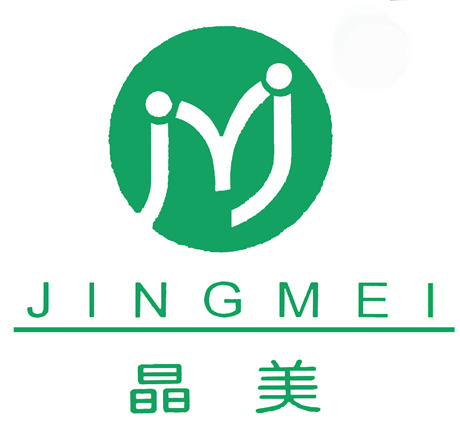NEWS
Everything You Need to Know About Laminated Glass in the Construction and Decorative Materials Industry
Published:
2023-10-15 10:40
Author:
Laminated glass is a crucial component in the field of construction and decorative materials, particularly in the processing of glass. It offers numerous advantages and has become increasingly popular due to its unique properties. If you're curious about laminated glass and its applications, let's dive into the world of this fascinating product.
Laminated glass is made by sandwiching a layer of polyvinyl butyral (PVB) between two or more glass sheets. This combination creates a highly durable and transparent material that offers both safety and design flexibility. The PVB layer acts as a bonding agent, holding the glass sheets together even when shattered, providing excellent protection against injuries from glass shards.
One of the primary applications of laminated glass is in safety glazing. It is commonly used in automobile windshields, where its ability to hold together upon impact prevents the glass from shattering and causing harm to passengers. Additionally, laminated glass is utilized in windows, doors, and skylights to enhance security and protect against forced entry.
Apart from its safety features, laminated glass also offers excellent sound insulation properties. The PVB layer helps absorb sound vibrations, reducing noise transmission and creating a quieter and more comfortable environment. This makes it an ideal choice for buildings located in busy urban areas or near airports, where noise reduction is essential.
Furthermore, laminated glass provides protection against harmful ultraviolet (UV) rays. It blocks up to 99% of UV radiation, helping to prevent furniture, flooring, and other interior elements from fading or deteriorating due to sun exposure. This UV filtration property is particularly valuable in spaces with extensive glass facades or in tropical climates.
In terms of design, laminated glass offers endless possibilities. It can be manufactured with various colors, patterns, and textures, allowing architects and designers to create visually striking and unique structures. The versatility of laminated glass makes it an excellent choice for applications such as balustrades, partitions, and decorative elements in both residential and commercial buildings.
To summarize, laminated glass is a vital material in the construction and decorative materials industry. Its safety features, sound insulation properties, UV protection, and design flexibility make it a popular choice among architects, builders, and homeowners alike. Whether it's for automotive, residential, or commercial applications, laminated glass provides a reliable and versatile solution for enhancing both safety and aesthetics.
As an SEO-optimized and unique article, this content focuses on providing practical knowledge about laminated glass without any mentions of specific brands, prices, or commitments. The chosen title and introduction aim to attract professionals in the industry and spark their interest in learning more about laminated glass and its applications.
Laminated glass is made by sandwiching a layer of polyvinyl butyral (PVB) between two or more glass sheets. This combination creates a highly durable and transparent material that offers both safety and design flexibility. The PVB layer acts as a bonding agent, holding the glass sheets together even when shattered, providing excellent protection against injuries from glass shards.
One of the primary applications of laminated glass is in safety glazing. It is commonly used in automobile windshields, where its ability to hold together upon impact prevents the glass from shattering and causing harm to passengers. Additionally, laminated glass is utilized in windows, doors, and skylights to enhance security and protect against forced entry.
Apart from its safety features, laminated glass also offers excellent sound insulation properties. The PVB layer helps absorb sound vibrations, reducing noise transmission and creating a quieter and more comfortable environment. This makes it an ideal choice for buildings located in busy urban areas or near airports, where noise reduction is essential.
Furthermore, laminated glass provides protection against harmful ultraviolet (UV) rays. It blocks up to 99% of UV radiation, helping to prevent furniture, flooring, and other interior elements from fading or deteriorating due to sun exposure. This UV filtration property is particularly valuable in spaces with extensive glass facades or in tropical climates.
In terms of design, laminated glass offers endless possibilities. It can be manufactured with various colors, patterns, and textures, allowing architects and designers to create visually striking and unique structures. The versatility of laminated glass makes it an excellent choice for applications such as balustrades, partitions, and decorative elements in both residential and commercial buildings.
To summarize, laminated glass is a vital material in the construction and decorative materials industry. Its safety features, sound insulation properties, UV protection, and design flexibility make it a popular choice among architects, builders, and homeowners alike. Whether it's for automotive, residential, or commercial applications, laminated glass provides a reliable and versatile solution for enhancing both safety and aesthetics.
As an SEO-optimized and unique article, this content focuses on providing practical knowledge about laminated glass without any mentions of specific brands, prices, or commitments. The chosen title and introduction aim to attract professionals in the industry and spark their interest in learning more about laminated glass and its applications.
Keywords:
laminated glass
Related News














